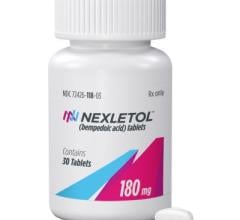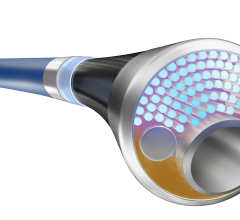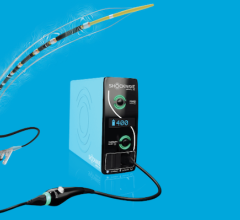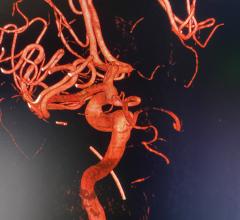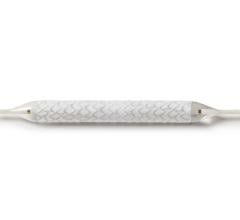June 16, 2014 — New appropriate use expert consensus documents developed by the Society for Cardiovascular Angiography and Interventions (SCAI) provide guidance on treating the most common form of peripheral artery disease (PAD), namely blockages that affect arteries above the knee. The paper e-published in Catheterization & Cardiovascular Interventions is the second in a series of PAD treatment recommendations released by SCAI. The series is aimed at helping physicians determine treatment options for the growing number of patients impacted by PAD.
The newly published criteria address PAD in the femoropopliteal (FP) segment, the most common location of the disease. While most people with FP disease are asymptomatic, some patients whose severe blockages markedly reduced blood flow experience impaired walking, a condition known as intermittent claudication. Patients with more extensive blockages may develop critical limb ischemia in which the limb is threatened and may need amputation. These patients classically have blockages both above and below the knee. Patients with long-standing diabetes and/or chronic kidney disease and the elderly are most at risk of developing such blockages. As the population ages and number of patients with diabetes rises, the rate of critical limb ischemia is expected to grow.
“Our goal in treating patients with femoropopliteal disease is to reduce pain, improve walking ability and enhance quality of life,” said Douglas E. Drachman, M.D., FSCAI, director of the Cardiology Fellowship Program at Massachusetts General Hospital and senior author of the consensus paper. “As technology has advanced, there are now safe and effective endovascular treatment options for a range of patients, not just those at high surgical risk.”
An expert panel developed the new recommendations by reviewing scientific data available on each treatment option. The panel found that balloon angioplasty continues to be a valid treatment, but with suboptimal long-term results in patients with long blockages, critical limb ischemia, diabetes or areas of complete blockage. The paper discusses use of self-expanding stents, covered stents and non-stenting alternatives, including atherectomy, in which obstruction is relieved by extracting arterial plaque.
The expert consensus document is the second in SCAI’s series of appropriate use recommendations for treating PAD. The earlier document, “Appropriate Use Criteria: A Society for Cardiovascular Angiography and Interventions (SCAI) Consensus Statement for Aorto-Iliac Arterial Intervention,” was published in May 2014. Forthcoming publications, addressing infrapopliteal PAD and renal artery stenosis, will be published in Catheterization & Cardiovascular Interventions later this summer.
“As the incidence of PAD grows, SCAI is committed to helping physicians provide the best treatment options for the patient’s own condition and treatment goals,” said SCAI 2014-15 President Charles Chambers, M.D., FSCAI. “We want to help physicians find the safest treatment option that provides the greatest relief and improves quality of life.”
The paper, titled “Appropriate Use Criteria: A Society for Cardiovascular Angiography and Interventions (SCAI) Consensus Statement for Femoral-Popliteal Arterial Intervention,” is published in Catheterization & Cardiovascular Interventions.
For more information: www.scai.org

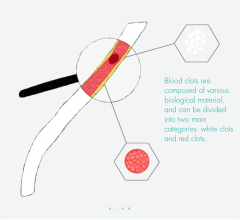
 December 16, 2024
December 16, 2024 
